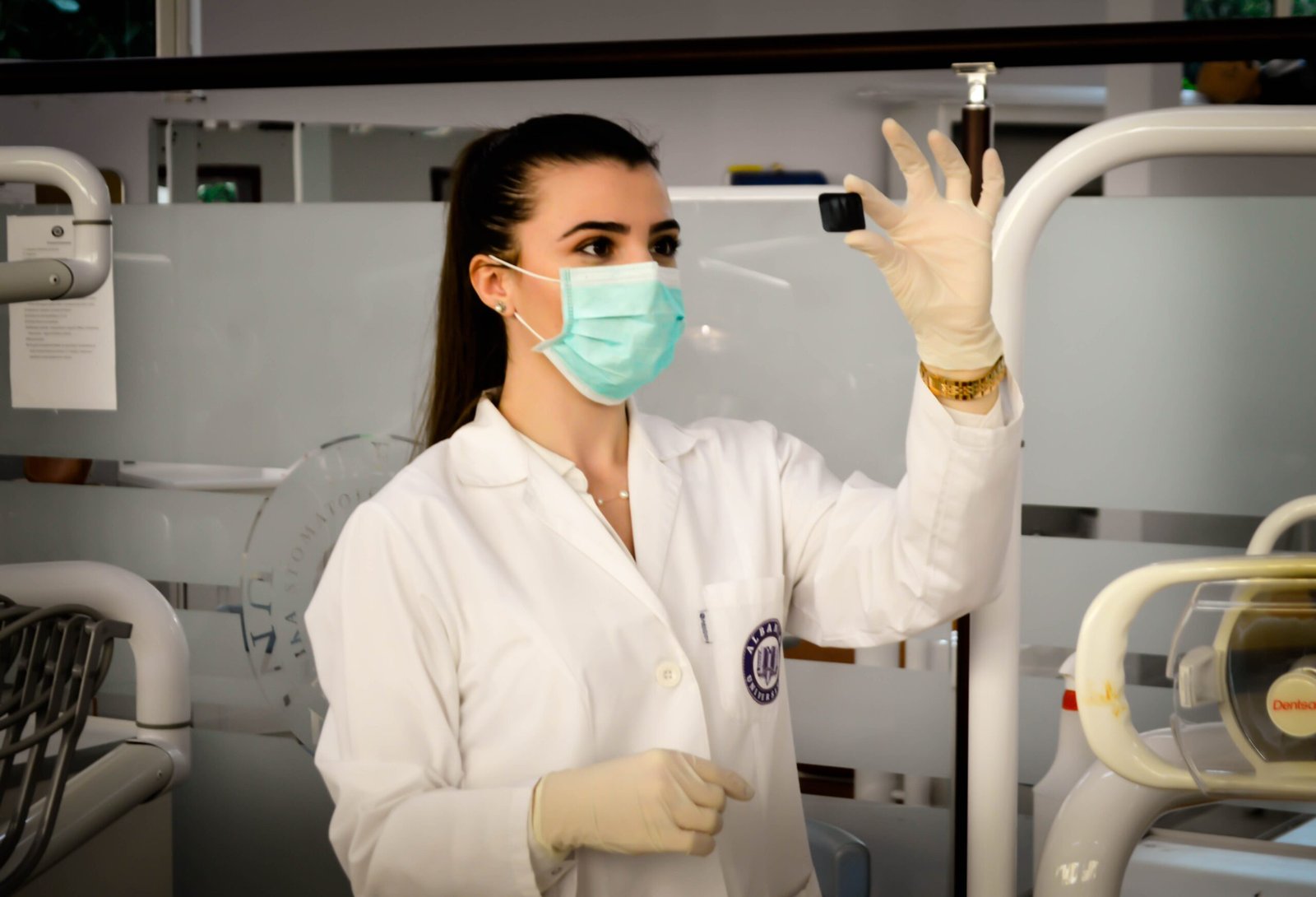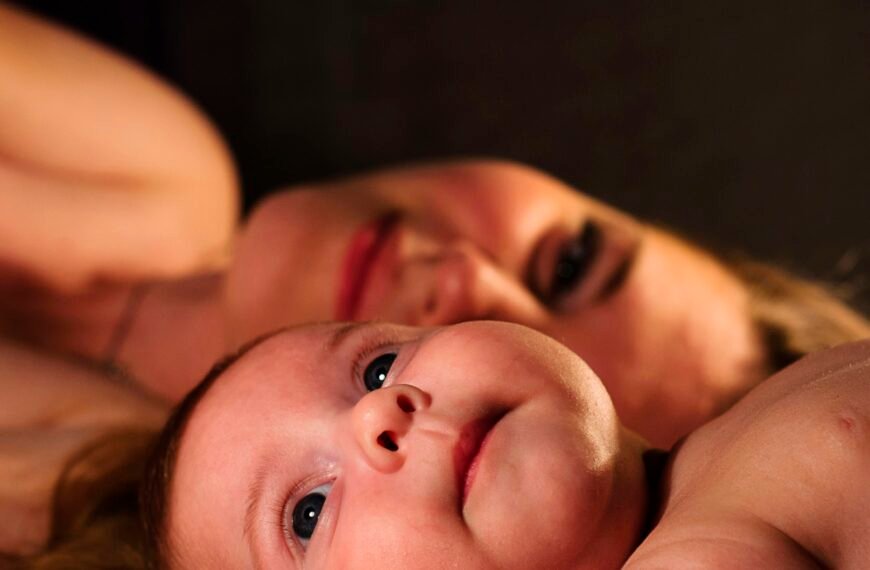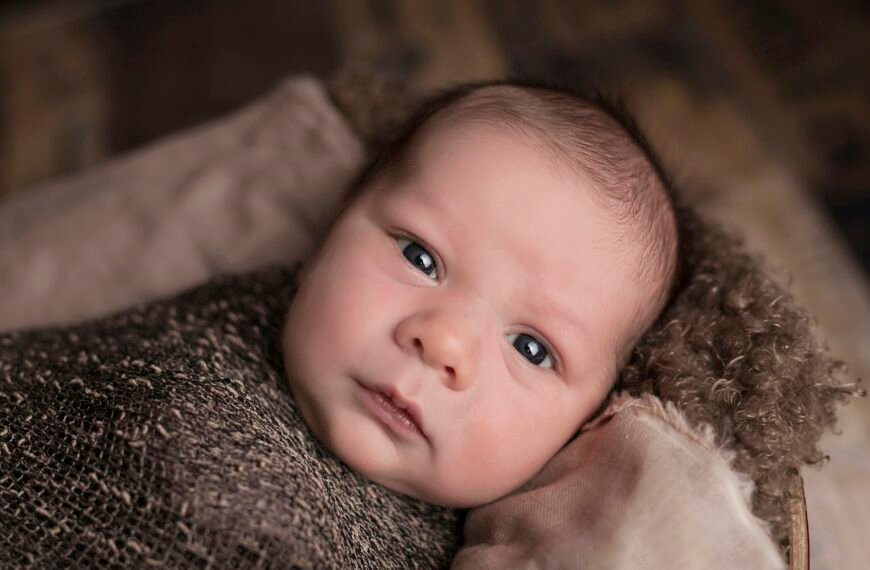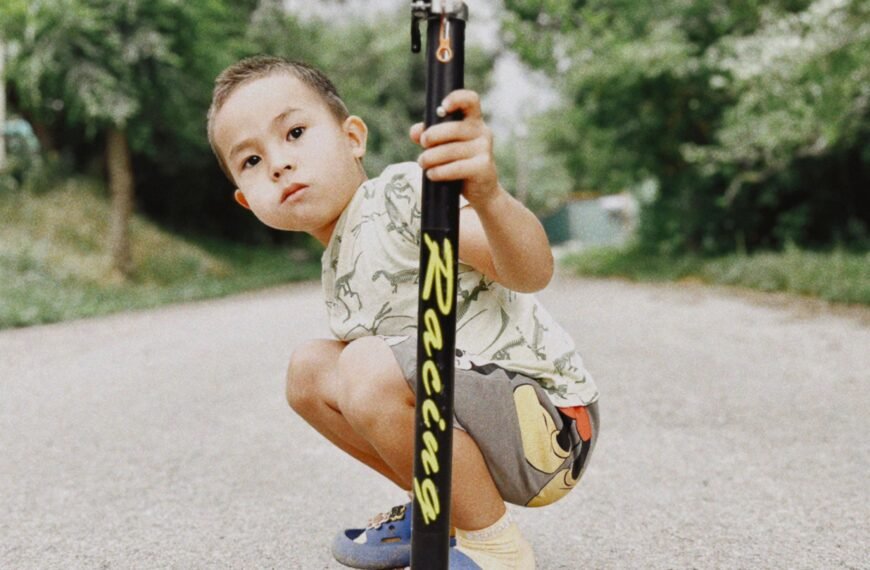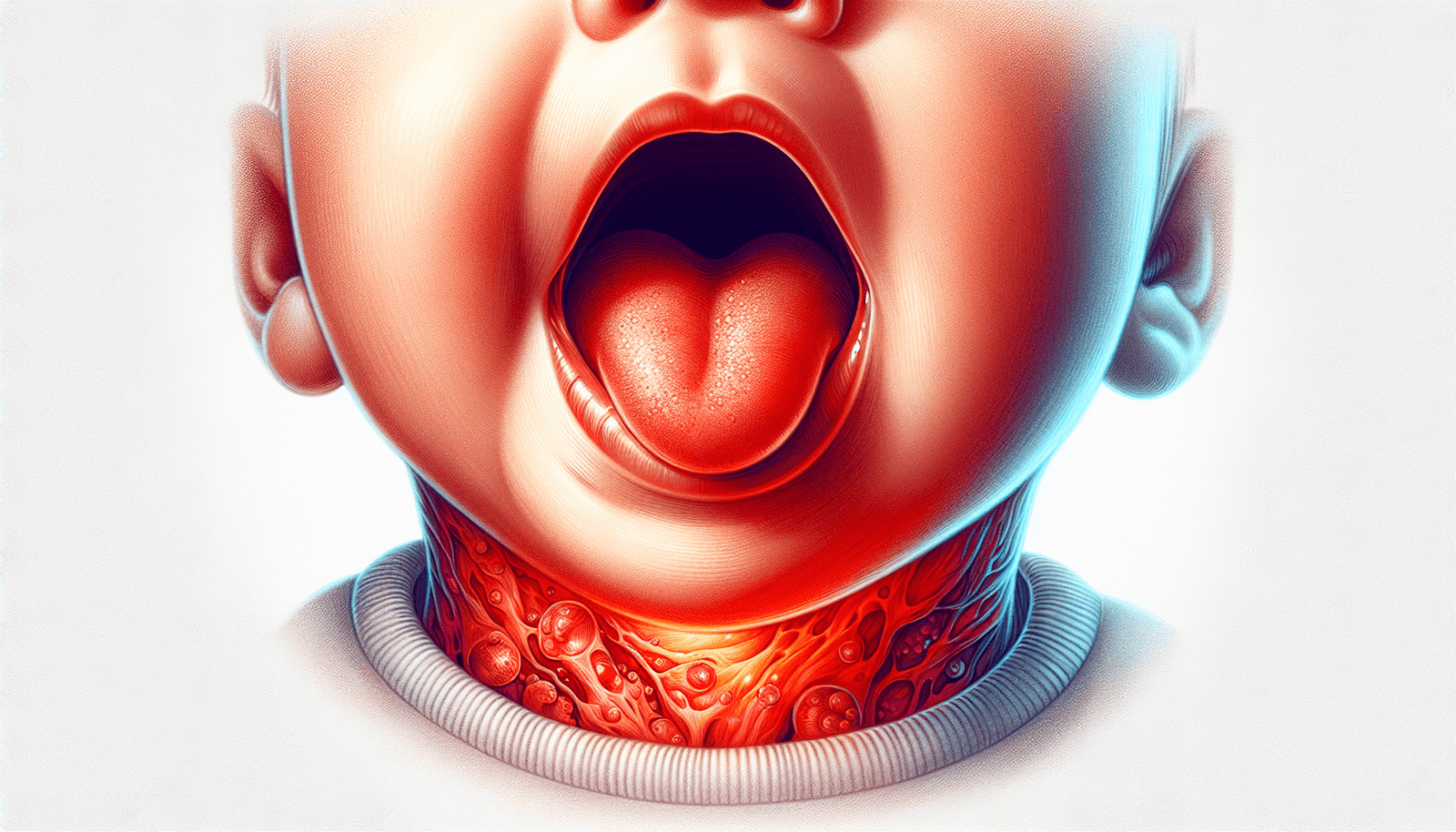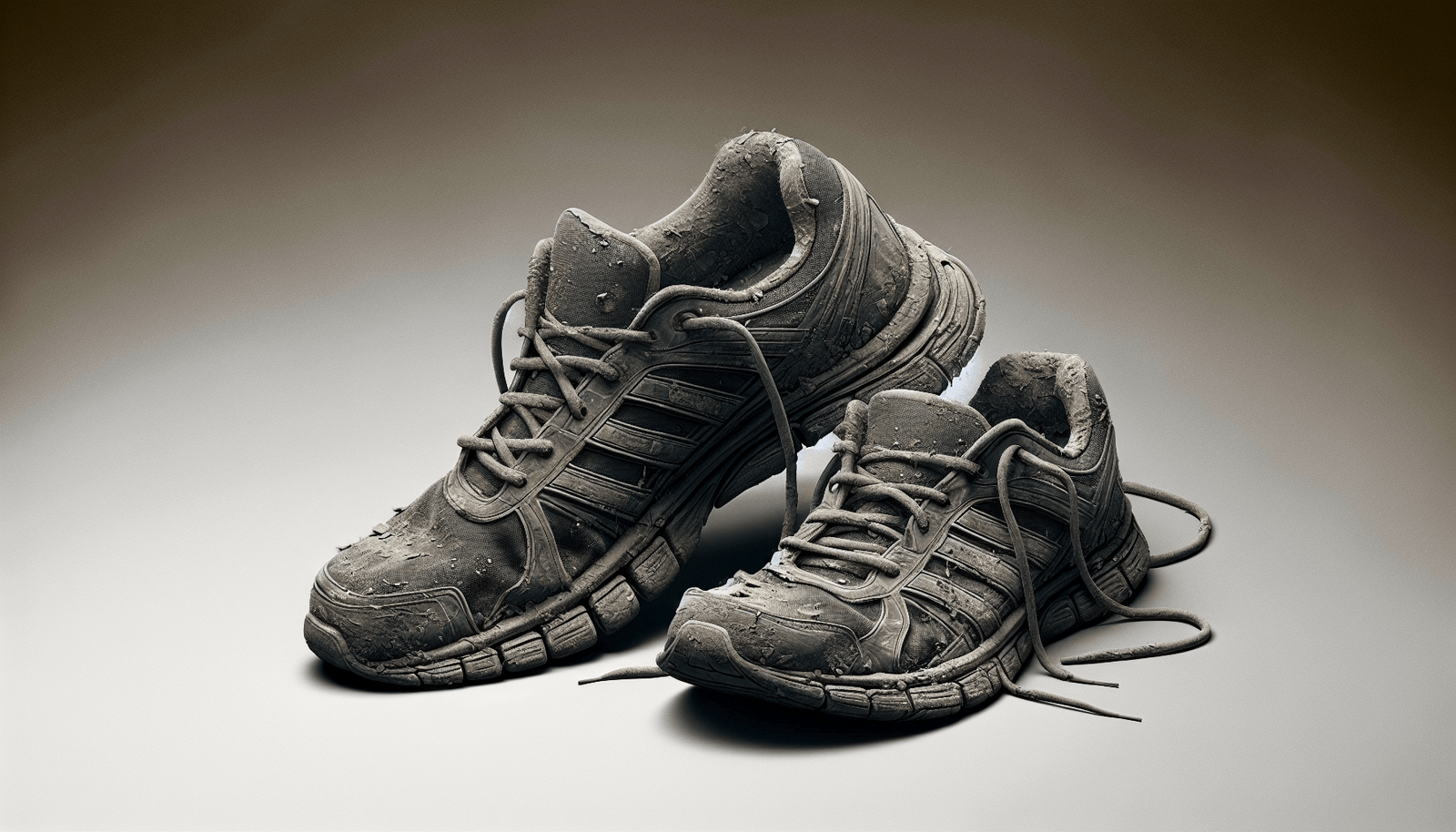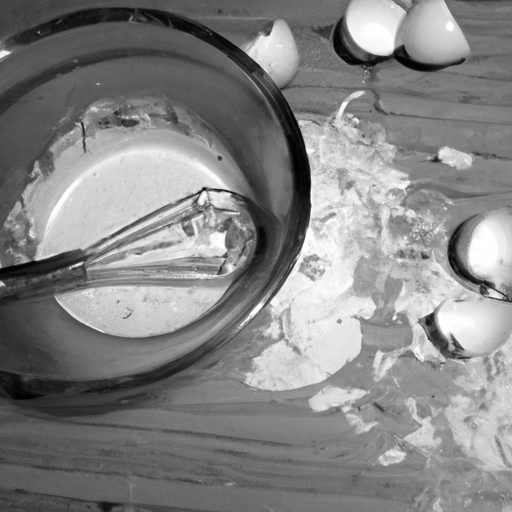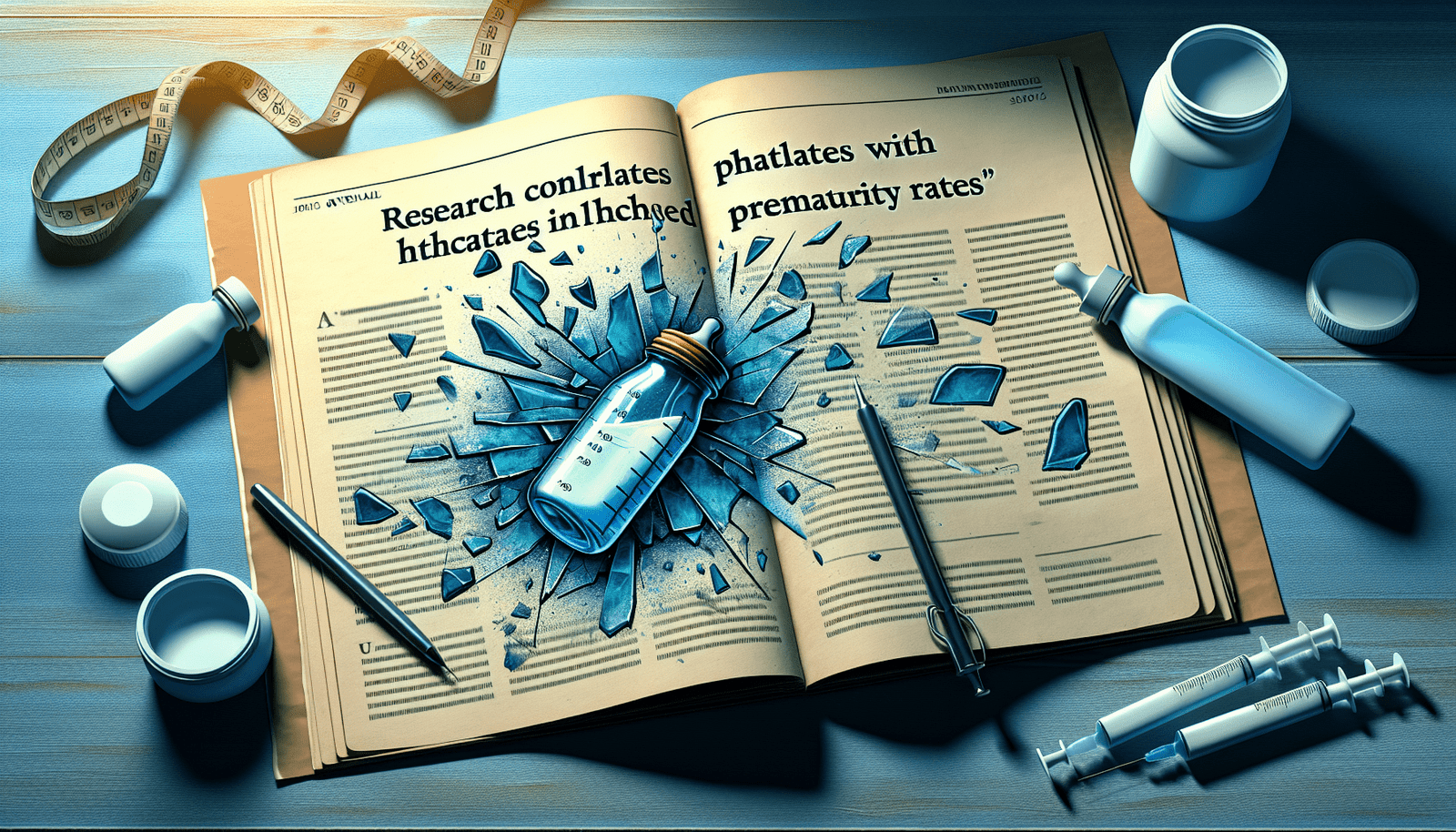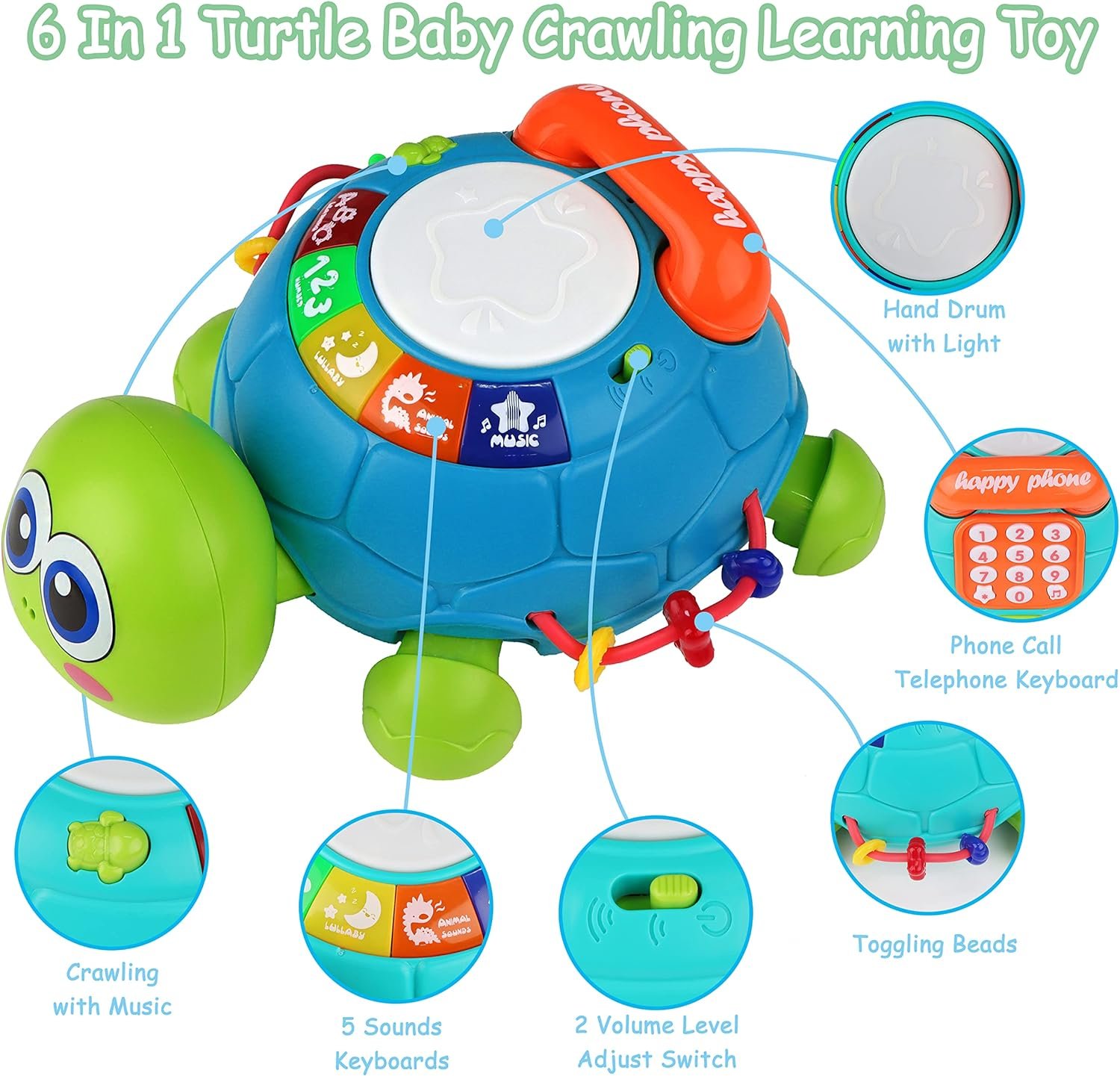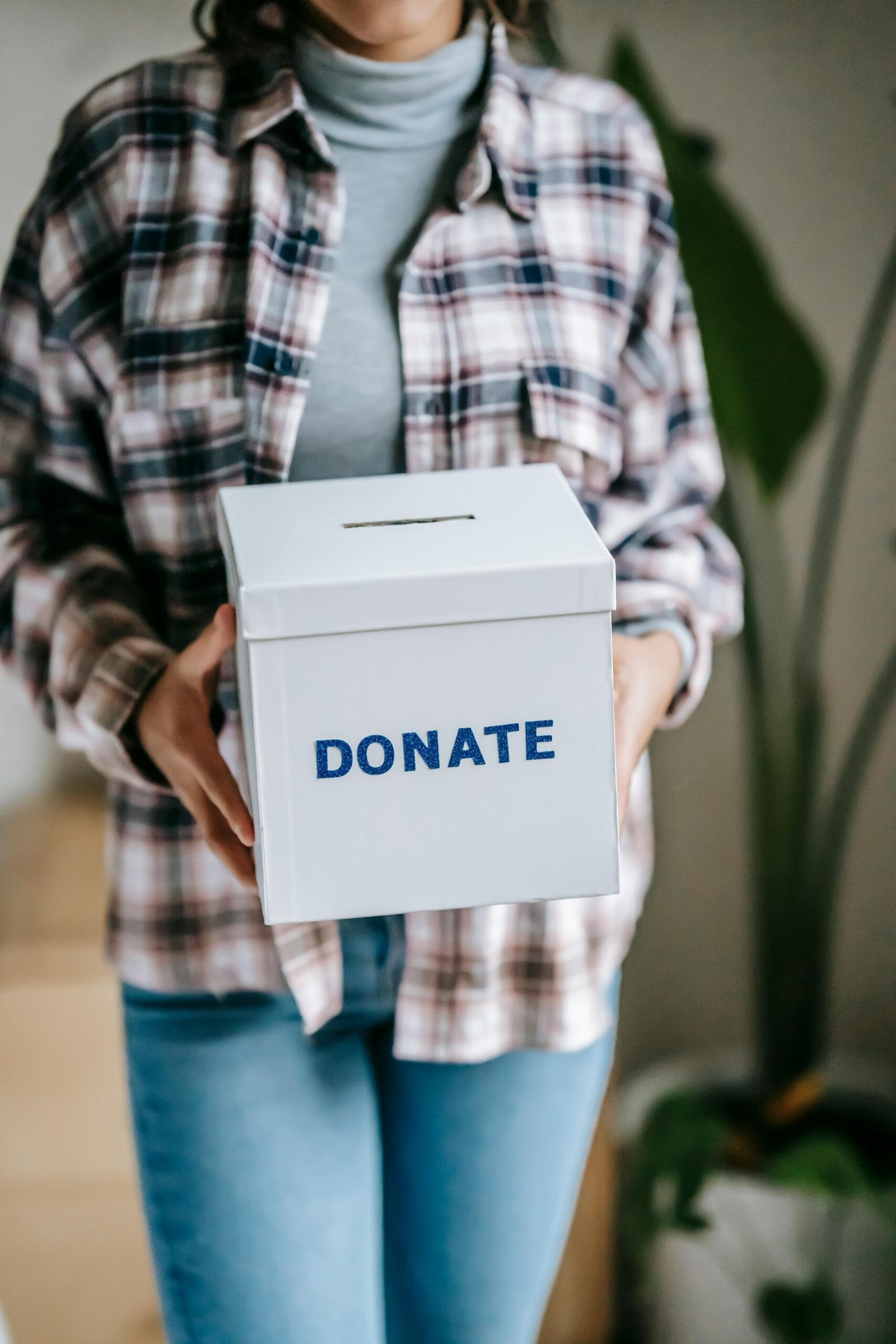You’ve probably heard it said a thousand times – babies put everything in their mouths. From rattles to stuffed animals, their curiosity knows no bounds. But with all that exploration comes the need for cleanliness. So, what should you use to disinfect your little one’s toys? In this article, we’ll guide you through the best options for keeping those beloved playthings germ-free and your mind at ease.
Check Baby Toys Guide & Review
Soap and Water
Benefits of using soap and water
When it comes to disinfecting baby toys, one of the safest and most effective methods is using soap and water. Soap works by breaking down the outer layer of germs and bacteria, making it easier to wash away. Here are some benefits of using soap and water to clean your baby’s toys:
-
Safety: Soap is non-toxic and gentle, making it safe for your baby and their toys. You don’t have to worry about any harmful residues or chemicals that could potentially harm your little one.
-
Effectiveness: Soap is known for its ability to remove dirt, grime, and germs from surfaces. When used with water, it creates a lathering action that helps to physically remove bacteria and viruses from the toys.
-
Versatility: Soap and water can be used to clean a wide range of baby toys, including plastic, rubber, and fabric toys. It’s a versatile method that can be used for daily cleaning or deep cleaning when necessary.
Steps to disinfect baby toys with soap and water
Cleaning baby toys with soap and water is a simple process. Follow these steps to ensure proper disinfection:
-
Fill a basin or sink with warm water and add a few drops of mild liquid soap or baby shampoo. Make sure the water is not too hot as it can damage the toys.
-
Immerse the toys in the soapy water and use a clean cloth or sponge to gently scrub all the surfaces. Pay extra attention to any spots that may have accumulated dirt or grime.
-
Rinse the toys thoroughly under running water to remove all soap residue. Make sure to rinse off any soap from hard-to-reach areas, such as crevices or small openings.
-
Shake off any excess water from the toys and place them on a clean towel or drying rack to air dry completely. Avoid using a towel that may harbor bacteria and germs.
Precautions to take when using soap and water
While soap and water are generally safe for disinfecting baby toys, it’s important to keep a few precautions in mind:
-
Choose a mild, fragrance-free soap or baby shampoo to avoid any potential skin irritation or allergic reactions.
-
Avoid soaking wooden toys or toys with electronic components in water, as it can cause damage. Instead, use a damp cloth to wipe them clean.
-
Always wash your hands thoroughly before and after cleaning your baby’s toys to prevent the spread of germs.
-
Regularly replace the water in the basin or sink to prevent cross-contamination between toys.
Bleach
Benefits of using bleach
Bleach is a powerful disinfectant that can effectively kill a wide range of germs and bacteria on baby toys. Here are some benefits of using bleach for toy disinfection:
-
Strong disinfectant: Bleach is highly effective against viruses, bacteria, and fungi. It can destroy harmful pathogens that may be present on your baby’s toys.
-
Broad spectrum: Bleach is capable of killing a wide range of microorganisms, making it an ideal choice for thorough disinfection.
-
Affordable and easily accessible: Bleach is a cost-effective disinfectant that is readily available in most households. It’s a convenient option for parents who want to ensure their baby’s toys are germ-free.
Steps to disinfect baby toys with bleach
When using bleach to disinfect baby toys, it’s important to follow the correct dilution and safety guidelines. Here’s how you can effectively use bleach to clean your baby’s toys:
-
Prepare a bleach solution by mixing 1 tablespoon of bleach per gallon of water. Make sure to use unscented bleach and avoid mixing it with any other cleaning products.
-
Immerse the toys in the bleach solution and let them soak for about 5 minutes. This will ensure that any harmful germs or bacteria are effectively killed.
-
After the soaking period, remove the toys from the bleach solution and rinse them thoroughly with water to remove any bleach residue.
-
Allow the toys to air dry completely before giving them back to your baby. This will ensure that all the bleach has evaporated, making the toys safe for play.
Precautions to take when using bleach
While bleach is an effective disinfectant, it’s important to use it safely and take the following precautions:
-
Always wear protective gloves and ensure proper ventilation when using bleach to prevent skin irritation or respiratory issues.
-
Keep bleach out of reach of children as it can be harmful if swallowed or inhaled.
-
Avoid using bleach on colored or painted toys, as it may cause discoloration or damage.
-
Rinse the toys thoroughly after using bleach to remove any residue that could potentially be harmful to your baby.
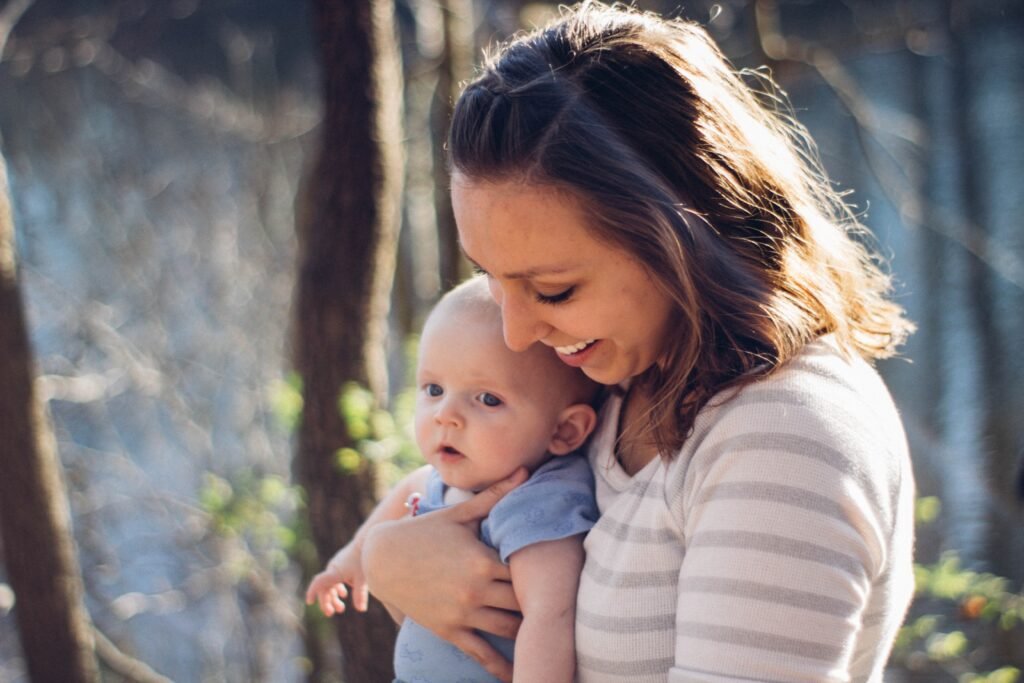
Vinegar
Benefits of using vinegar
Vinegar is a versatile and natural disinfectant that can be used to clean and disinfect baby toys. Here are some benefits of using vinegar for toy disinfection:
-
Natural and non-toxic: Vinegar is a safe and non-toxic option for cleaning baby toys. It doesn’t contain any harsh chemicals that could be harmful to your little one.
-
Effective against bacteria and viruses: Vinegar has antimicrobial properties that can help kill bacteria and viruses commonly found on toys.
-
Safe for various materials: Vinegar is safe to use on a wide range of toy materials such as plastic, rubber, and fabric. It won’t cause any damage or discoloration.
Steps to disinfect baby toys with vinegar
Using vinegar to clean and disinfect baby toys is a simple process. Follow these steps to effectively disinfect your little one’s toys:
-
Create a disinfecting solution by mixing equal parts of distilled white vinegar and water. Avoid using apple cider vinegar or other flavored vinegars, as they may leave unwanted residues or odors.
-
Dip a clean cloth or sponge into the vinegar solution and use it to wipe down all surfaces of the toys. Pay extra attention to any areas that may be heavily soiled or have visible dirt.
-
For smaller toys, you can place them in a bowl or basin filled with the vinegar solution and let them soak for a few minutes. Swirl them around occasionally to ensure all surfaces are disinfected.
-
After wiping or soaking, rinse the toys thoroughly with water to remove any vinegar residue.
-
Allow the toys to air dry completely before giving them back to your baby. This will ensure that any remaining vinegar odor dissipates.
Precautions to take when using vinegar
While vinegar is generally safe to use, it’s important to keep these precautions in mind:
-
Do not mix vinegar with bleach or any other cleaning products, as it can release harmful fumes.
-
Avoid using vinegar on porous materials, such as wooden toys, as it may warp or damage the surface.
-
Test vinegar on a small, inconspicuous area of the toy before applying it to the entire surface to ensure there is no adverse reaction.
-
While the vinegar odor will dissipate as the toys dry, you can rinse or wipe the toys again with water if you find the smell unpleasant.
By following these precautions, you can safely disinfect your baby’s toys with vinegar.
Hydrogen Peroxide
Benefits of using hydrogen peroxide
Hydrogen peroxide is a versatile disinfectant that can effectively kill bacteria, viruses, and fungi on baby toys. Here are some benefits of using hydrogen peroxide for toy disinfection:
-
Powerful disinfectant: Hydrogen peroxide is a potent oxidizer that can effectively kill harmful microorganisms on toys.
-
Non-toxic: Hydrogen peroxide breaks down into water and oxygen, making it a safe and non-toxic option for disinfecting baby toys.
-
Color-safe: Unlike bleach, hydrogen peroxide is safe to use on colored toys or fabrics as it won’t cause any discoloration.
Steps to disinfect baby toys with hydrogen peroxide
Disinfecting baby toys with hydrogen peroxide is a simple process. Follow these steps to ensure proper disinfection:
-
Check the expiration date of your hydrogen peroxide to ensure its effectiveness. A concentration of 3% is sufficient for most disinfection purposes.
-
Pour a small amount of hydrogen peroxide onto a clean cloth or cotton ball.
-
Gently wipe down all surfaces of the toys, ensuring that all areas are covered. Pay attention to any areas that may be heavily soiled or have visible dirt.
-
Let the toys sit for a few minutes to allow the hydrogen peroxide to effectively kill any germs or bacteria.
-
Rinse the toys thoroughly with water to remove any hydrogen peroxide residue.
-
Air dry the toys completely before returning them to your baby. This will ensure that any remaining hydrogen peroxide evaporates.
Precautions to take when using hydrogen peroxide
While hydrogen peroxide is generally safe to use, it’s important to take these precautions:
-
Do not use hydrogen peroxide on metal toys, as it may cause discoloration or corrosion.
-
Avoid contact with eyes or skin. If accidental contact occurs, immediately rinse with water.
-
Keep hydrogen peroxide out of reach of children, as ingestion can cause harm.
-
Store hydrogen peroxide in a cool, dark place, as exposure to light can reduce its potency.
By following these precautions, you can safely disinfect your baby’s toys with hydrogen peroxide.

Alcohol-Based Wipes or Sprays
Benefits of using alcohol-based wipes or sprays
Alcohol-based wipes or sprays are a convenient and effective option for disinfecting baby toys. Here are some benefits of using alcohol-based products:
-
Easy to use: Alcohol-based wipes or sprays offer a quick and hassle-free way to disinfect toys. They are ready to use and require no additional preparation.
-
Fast acting: Alcohol is known for its rapid disinfection properties. It can quickly kill a wide range of germs and bacteria on contact.
-
Portable: Alcohol-based wipes or sprays come in convenient sizes, making them easy to carry in a diaper bag or purse. This allows for on-the-go cleaning and disinfection.
Steps to disinfect baby toys with alcohol-based wipes or sprays
Using alcohol-based wipes or sprays to disinfect baby toys is a straightforward process. Follow these steps for effective disinfection:
-
Ensure that the wipes or spray contain at least 60% alcohol. This concentration is considered effective for killing germs and bacteria.
-
If using wipes, remove one wipe from the packaging and gently wipe down all surfaces of the toys. Pay extra attention to any areas with visible dirt or grime.
-
If using a spray, hold the bottle a few inches away from the toys and spray an even coating over all surfaces. Make sure to cover the entire toy.
-
Allow the toys to air dry completely. There is no need to rinse after using alcohol-based wipes or sprays.
Precautions to take when using alcohol-based wipes or sprays
While alcohol-based wipes or sprays are generally safe to use, it’s important to keep these precautions in mind:
-
Do not use alcohol-based products near open flames or in confined spaces, as they are flammable.
-
Avoid using wipes or sprays on electronic toys or toys with sensitive electronic components, as it may damage them.
-
Always supervise your baby when they are playing with recently disinfected toys, as they may still contain small traces of alcohol.
-
Keep alcohol-based wipes or sprays out of reach of children to prevent accidental ingestion.
By following these precautions, you can effectively disinfect your baby’s toys using alcohol-based wipes or sprays.
Steam Cleaning
Benefits of steam cleaning
Steam cleaning is a highly effective and chemical-free method for disinfecting baby toys. Here are some benefits of using steam cleaning:
-
Powerful disinfection: Steam cleaning uses high-temperature steam to kill germs and bacteria on contact. It can penetrate deep into the surface of toys, reaching areas that may be inaccessible with other methods.
-
Chemical-free: Steam cleaning doesn’t require the use of any chemicals or cleaning agents, making it a safe option for your baby and the environment.
-
Versatility: Steam cleaning can be used on a wide range of materials, including plastic, metal, fabric, and wood. It’s a versatile method that can be used for various types of toys.
Steps to disinfect baby toys with steam cleaning
Using a steam cleaner to disinfect baby toys is a straightforward process. Follow these steps for effective disinfection:
-
Fill the steam cleaner with water according to the manufacturer’s instructions. Make sure to use distilled or filtered water to prevent mineral buildup.
-
Set the steam cleaner to the appropriate temperature and wait for it to heat up. Most steam cleaners have adjustable temperature settings to suit different toy materials.
-
Hold the steam cleaner a few inches away from each toy and direct the steam onto all surfaces. Move the steam cleaner slowly to ensure thorough coverage.
-
Pay extra attention to any areas that may have visible dirt, grime, or high-touch surfaces, such as buttons or handles.
-
Allow the toys to air dry completely after steam cleaning. This will ensure that any moisture evaporates and the toys are ready for play.
Precautions to take when steam cleaning baby toys
While steam cleaning is a safe and effective method, it’s important to take these precautions:
-
Check the manufacturer’s instructions and recommendations for your specific steam cleaner model to ensure safe and proper usage.
-
Avoid using steam cleaning on toys with delicate or electronic components, as moisture may damage them.
-
Be cautious of the steam temperature and avoid direct contact with the skin to prevent burns or scalds.
-
Allow the toys to cool down before giving them back to your baby to prevent any potential injuries.
By following these precautions, you can safely and effectively disinfect your baby’s toys using steam cleaning.
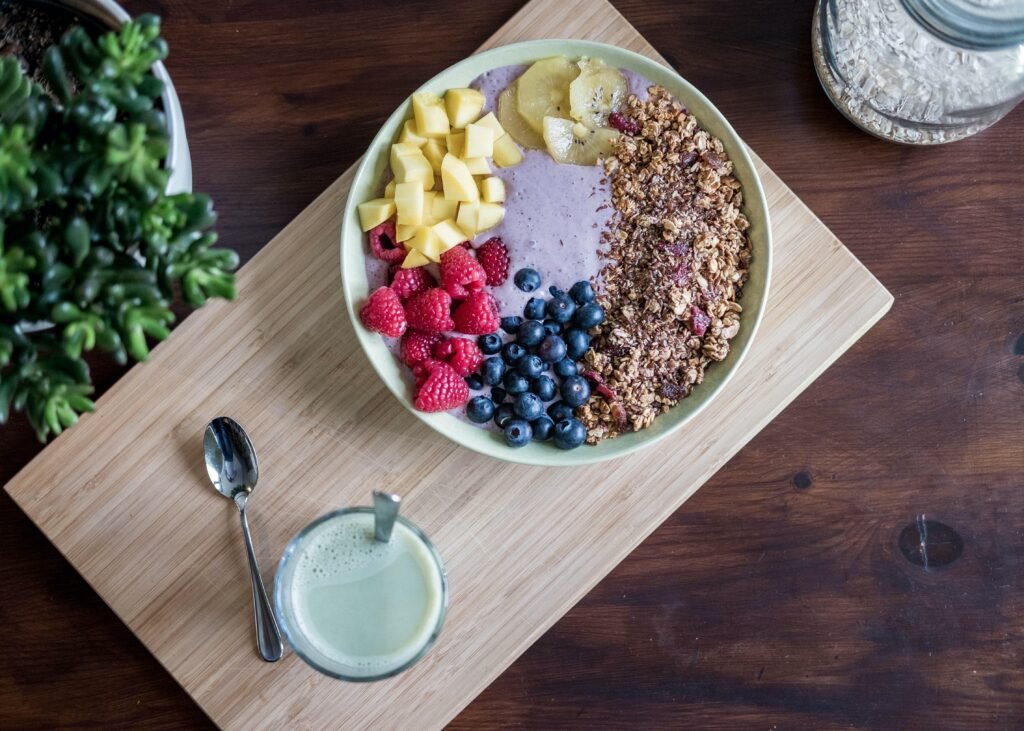
Dishwasher
Benefits of using the dishwasher
Using the dishwasher to clean and disinfect baby toys offers several benefits. Here are some reasons why the dishwasher is a convenient option:
-
High-temperature wash: The hot water temperature in a dishwasher can effectively kill germs and bacteria on the toys. It provides a thorough and efficient disinfection process.
-
Time-saving: Using the dishwasher allows you to clean and disinfect multiple toys simultaneously, saving you time and effort.
-
Versatility: The dishwasher can accommodate a wide range of toy materials, including plastic, rubber, and metal. It’s a versatile option for cleaning various types of toys.
Steps to disinfect baby toys in the dishwasher
Cleaning baby toys in the dishwasher is a simple process. Follow these steps for effective disinfection:
-
Check the manufacturer’s instructions and recommendations for your specific dishwasher model to ensure safe usage for baby toys.
-
Remove any loose parts or detachable pieces from the toys, such as batteries or small components. These should be cleaned separately according to their specific cleaning instructions.
-
Place the toys in the dishwasher’s utensil basket or an appropriate dishwasher-safe container. Make sure to space them out to ensure thorough cleaning.
-
Use a mild detergent or baby-safe dishwasher detergent. Avoid using harsh chemicals or bleach-based detergents, as they may damage the toys or leave harmful residues.
-
Select a cycle with a high-temperature wash and opt for the heated drying cycle if available. The hot water and heat will help kill germs and ensure proper drying of the toys.
-
Once the dishwasher cycle is complete, allow the toys to air dry completely before giving them back to your baby.
Precautions to take when using the dishwasher
While using the dishwasher is a convenient option, it’s important to take these precautions:
-
Always read and follow the manufacturer’s instructions for your specific dishwasher model to ensure safe and proper usage.
-
Check the toy labels or packaging to ensure they are dishwasher-safe. Avoid washing toys that may get damaged, warped, or have electronic components.
-
Regularly clean and maintain your dishwasher to prevent any buildup or residue that could potentially be transferred to the toys.
-
Inspect the toys after the dishwasher cycle to ensure there are no leftover residues or clogs that may pose a choking hazard to your baby.
By following these precautions, you can effectively clean and disinfect your baby’s toys using the dishwasher.
UV Sterilizers
Benefits of using UV sterilizers
UV sterilizers are becoming increasingly popular for disinfecting baby toys. Here are some benefits of using UV sterilizers:
-
Efficient disinfection: UV sterilizers use ultraviolet light to kill germs and bacteria on the surface of toys, ensuring a thorough disinfection process.
-
Chemical-free: UV sterilizers do not emit any harmful residues or chemicals, making them a safe option for your baby and the environment.
-
Quick and convenient: UV sterilizers provide a fast and hassle-free way to disinfect toys. The process usually takes a few minutes, after which the toys are ready for use.
Steps to disinfect baby toys with UV sterilizers
Disinfecting baby toys with a UV sterilizer is a simple process. Follow these steps for effective disinfection:
-
Read and follow the manufacturer’s instructions for your specific UV sterilizer model to ensure safe and proper usage.
-
Ensure that the UV sterilizer is clean and free of any dust or debris that may interfere with the disinfection process.
-
Place the toys inside the UV sterilizer, making sure they are evenly spaced and not overlapping. It’s important to follow the manufacturer’s guidelines on toy placement.
-
Close the sterilizer and activate the UV light disinfection cycle. The sterilizer will emit ultraviolet light for a specified period, typically a few minutes, to kill the germs and bacteria on the toys.
-
Once the cycle is complete, carefully open the sterilizer and remove the toys. They are now disinfected and ready for your baby to play with.
Precautions to take when using UV sterilizers
While UV sterilizers are generally safe and effective, it’s important to take these precautions:
-
Follow the manufacturer’s guidelines and instructions for your specific UV sterilizer to ensure proper usage and timing.
-
Keep children away from UV sterilizers while the disinfection cycle is in progress, as ultraviolet light can be harmful to the eyes and skin.
-
UV sterilizers are typically only effective for disinfecting the surface of toys. If there are any areas that cannot be exposed to direct UV light, consider using an alternative disinfection method for those specific toys.
-
Ensure that the UV sterilizer is used in a well-ventilated area to prevent any buildup of potentially harmful ozone gas.
By following these precautions, you can effectively disinfect your baby’s toys using a UV sterilizer.
Toy Disinfecting Sprays
Benefits of using toy disinfecting sprays
Toy disinfecting sprays are a convenient and effective option for keeping your baby’s toys clean and germ-free. Here are some benefits of using toy disinfecting sprays:
-
Quick and easy: Toy disinfecting sprays are ready to use and offer a convenient solution for daily cleaning and disinfection of baby toys.
-
Targeted application: Sprays allow you to apply the disinfectant directly to the surface of the toys, ensuring thorough coverage.
-
Versatility: Toy disinfecting sprays are suitable for use on a wide range of toy materials, including plastic, rubber, fabric, and wood.
Steps to disinfect baby toys with toy disinfecting sprays
Using toy disinfecting sprays to disinfect baby toys is a straightforward process. Follow these steps for effective disinfection:
-
Read and follow the instructions on the toy disinfecting spray bottle for safe and proper usage.
-
Shake the bottle well to ensure the disinfectant is adequately mixed.
-
Hold the spray bottle a few inches away from the toys and apply an even coating of the disinfectant. Make sure to cover all surfaces of the toys.
-
Pay extra attention to any areas that may have visible dirt or high-touch surfaces, such as buttons or handles.
-
Allow the toys to air dry completely. There is no need to rinse after using toy disinfecting sprays.
-
Once the toys are dry, they are ready for your baby to play with.
Precautions to take when using toy disinfecting sprays
While toy disinfecting sprays are generally safe to use, it’s important to take these precautions:
-
Always read and follow the instructions on the toy disinfecting spray bottle for safe and proper usage.
-
Keep toy disinfecting sprays out of reach of children to prevent accidental ingestion or misuse.
-
Perform a small spot test on a discreet area of the toy before applying the spray to the entire surface. This will ensure there is no adverse reaction, such as discoloration or damage.
-
Make sure the area you are using the spray in is well-ventilated to avoid inhaling excessive fumes.
By following these precautions, you can effectively clean and disinfect your baby’s toys using toy disinfecting sprays.
Natural Disinfectants
Benefits of using natural disinfectants
Using natural disinfectants to clean and disinfect baby toys offers several benefits. Here are some reasons why natural disinfectants are a preferred choice for many parents:
-
Non-toxic: Natural disinfectants are free from harsh chemicals, making them safe for your baby and the environment. You don’t have to worry about any harmful residues.
-
Effective against germs and bacteria: Natural disinfectants, such as essential oils or plant-based solutions, have antimicrobial properties that can help kill germs and bacteria on toys.
-
Versatility: Natural disinfectants can be used on a wide range of toy materials, including plastic, rubber, fabric, and wood. They are a versatile option for various types of toys.
Options for natural disinfectants to use on baby toys
There are several natural disinfectants you can choose from to clean and disinfect your baby’s toys:
-
Essential oils: Some essential oils, such as tea tree oil or lavender oil, have antimicrobial properties. You can dilute a few drops of essential oil in water and use the solution to wipe down the toys.
-
Vinegar: As mentioned earlier, vinegar is a natural disinfectant that can effectively kill germs and bacteria. Use a solution of equal parts vinegar and water to clean and disinfect the toys.
-
Hydrogen peroxide: Hydrogen peroxide, mentioned previously, is a natural disinfectant that can be used to clean and disinfect baby toys. It breaks down into water and oxygen, leaving no harmful residues.
-
Citrus-based cleaners: Citrus fruits, such as lemons or oranges, contain citric acid, which has antimicrobial properties. You can use a solution of citrus juice and water to clean and disinfect toys.
Precautions to take when using natural disinfectants
While natural disinfectants are generally safe to use, it’s important to take these precautions:
-
Essential oils should be used in moderation and with caution, as they can be irritating or allergenic to some individuals. Always dilute essential oils properly and perform a patch test before using them on the toys.
-
Avoid using natural disinfectants, such as vinegar or citrus juice, on porous materials or wooden toys, as they may cause damage or discoloration.
-
Always follow the recommended dilution ratios for natural disinfectants to ensure their effectiveness and safety.
-
Keep in mind that natural disinfectants may not be as potent as commercial disinfectants. If you are concerned about specific pathogens, consider using an alternative method or consult with a healthcare professional.
By following these precautions, you can effectively clean and disinfect your baby’s toys using natural disinfectants.
Overall, regular cleaning and disinfection of your baby’s toys are crucial in maintaining a safe and hygienic environment for your little one. By following the appropriate steps and taking necessary precautions, you can ensure that your baby’s toys are free from harmful germs and bacteria, promoting their health and well-being.

